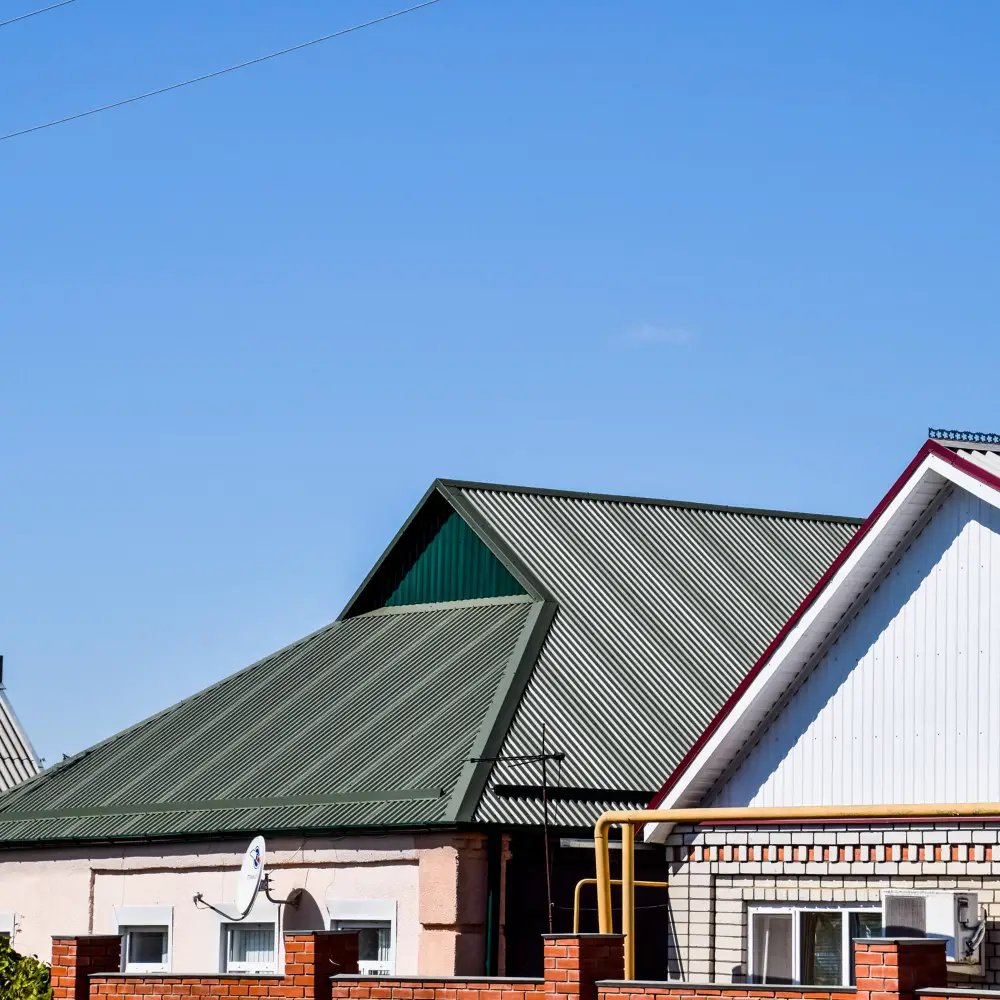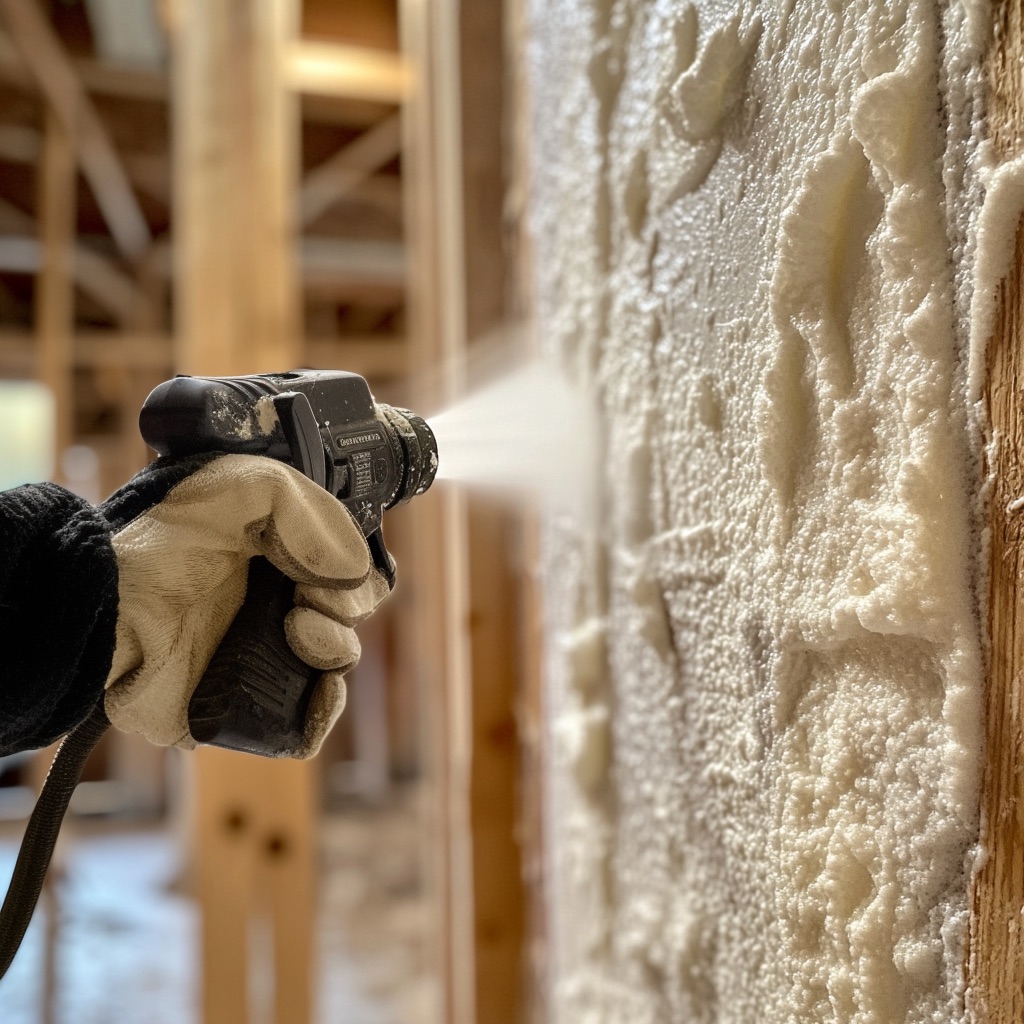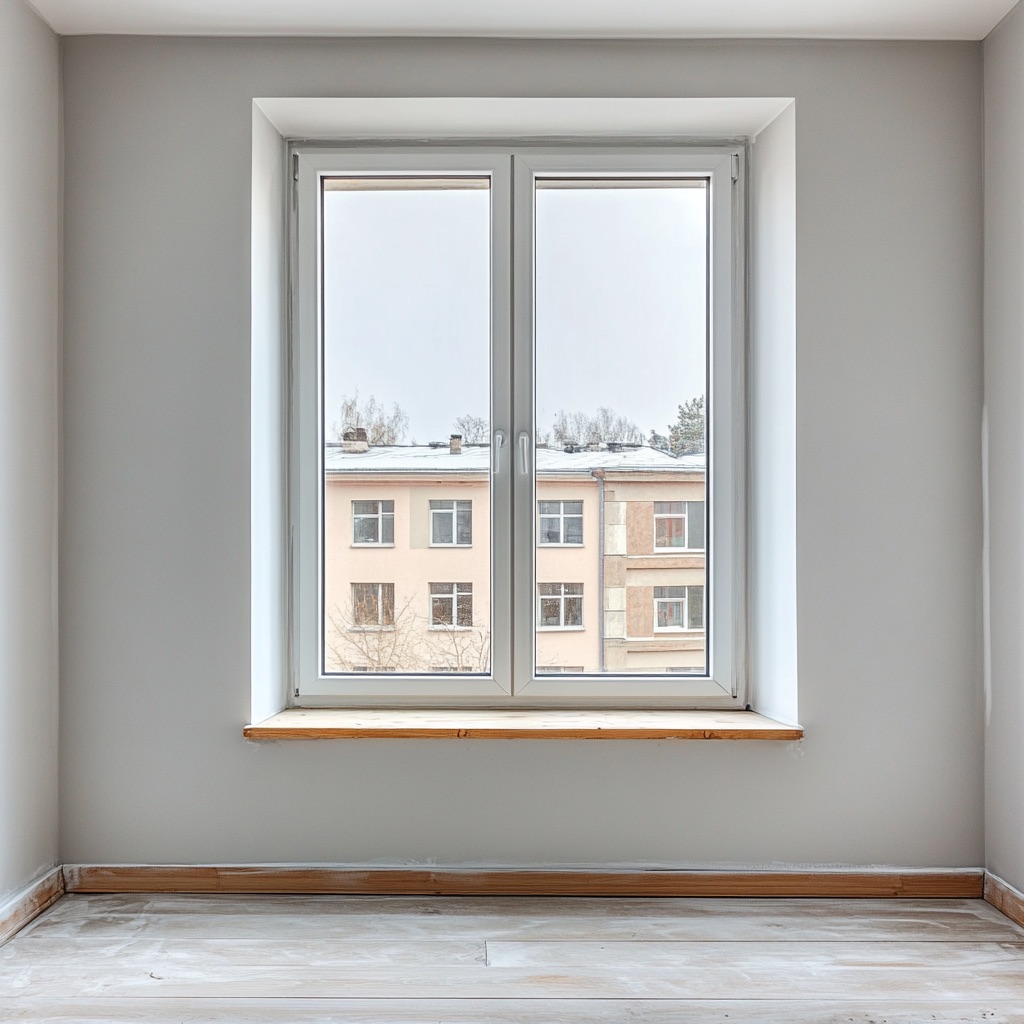Your home’s roof is more than just a protective covering; it’s a significant investment that affects both the aesthetic appeal and the structural integrity of your property. With numerous roofing materials available in the market, selecting the right one can be daunting.
However, by considering factors such as durability, cost, maintenance requirements, and climate suitability, you can make an informed decision that ensures both functionality and style for your home.
Consider Durability

When selecting a roofing material, durability should be at the forefront of your considerations. After all, you want a roof that can withstand the elements and stand the test of time.
Materials like asphalt shingles are renowned for their durability, offering long-lasting protection against harsh weather conditions, such as rain, wind, and snow. Assess the lifespan of each material and weigh it against the climate of your area to determine the most suitable option for your home.
- Asphalt shingles are known for their durability, with a lifespan ranging from 15 to 30 years depending on the quality of the material and installation. They offer excellent resistance against UV rays and are less prone to cracking or fading over time, making them a reliable choice for many homeowners.
- Metal roofing is highly durable and can last 40 to 70 years or more with proper maintenance. It’s resistant to fire, rot, and mildew, making it ideal for areas with high humidity or frequent rainfall. Additionally, metal roofs are lightweight yet incredibly strong, capable of withstanding heavy snow loads and severe weather conditions.
- Clay tiles are renowned for their longevity, with some roofs lasting over a century when properly installed and maintained. They are resistant to insect damage, rot, and fire, making them an excellent choice for homeowners seeking a roofing material with minimal maintenance requirements and long-term durability.
Assess Your Budget
Your budget is another crucial factor to consider when choosing a roofing material. While some materials may have a higher upfront cost, they might offer long-term savings in terms of energy efficiency and maintenance.
On the other hand, more affordable options like asphalt shingles can provide adequate protection at a lower cost but may require more frequent repairs or replacement over time. Evaluate your budget carefully and weigh the initial investment against long-term expenses to make an informed decision.
Think about Aesthetics and Style

Your roof plays a significant role in defining the overall look and style of your home. Consider the architectural style of your house and choose a roofing material that complements its design aesthetic.
Whether you prefer the rustic charm of cedar shakes, the timeless elegance of slate tiles, or the modern appeal of metal panels, ensure that the material you select enhances the visual appeal of your home. Take into account factors like color, texture, and shape to achieve the desired aesthetic impact.
Maintenance Requirements
Different roofing materials have varying maintenance needs, and understanding these requirements is crucial for preserving the integrity and appearance of your roof.
Consider your lifestyle and availability for maintenance tasks when choosing a roofing material. While materials like asphalt shingles are relatively low-maintenance, requiring occasional inspections and repairs, options like wood shakes or slate tiles may need more frequent attention to prevent issues like rot or breakage.
Factor in the time and effort you’re willing to invest in roof maintenance to ensure that your chosen material remains in optimal condition for years to come.
Suitability for Climate
The climate of your region plays a significant role in determining the most appropriate roofing material for your home. In areas prone to high winds or hurricanes, materials like metal roofing or concrete tiles offer superior resistance against strong gusts.
Conversely, in regions with extreme temperatures, such as hot summers or freezing winters, materials like clay tiles or metal roofing with reflective coatings can help regulate indoor temperatures and reduce energy costs. Evaluate the climatic conditions of your area and choose a roofing material that can withstand local weather patterns effectively.
Consider Eco-friendliness
Some options, such as metal roofs made from recycled materials or clay tiles sourced from natural clay, are more sustainable choices compared to traditional asphalt shingles, which contribute to landfill waste. Additionally, certain roofing materials like green roofs or solar panels not only minimize environmental impact but also offer energy-saving benefits, reducing your carbon footprint and utility bills in the long run.
Choosing the right roofing material for your home is a decision that requires careful consideration of various factors, including durability, cost, maintenance requirements, and climate suitability.
By weighing these factors and conducting thorough research, you can select a roofing material that not only enhances the aesthetic appeal of your home but also provides reliable protection and long-term value. Remember, your roof is an investment in the safety and comfort of your family, so choose wisely.
Recap




